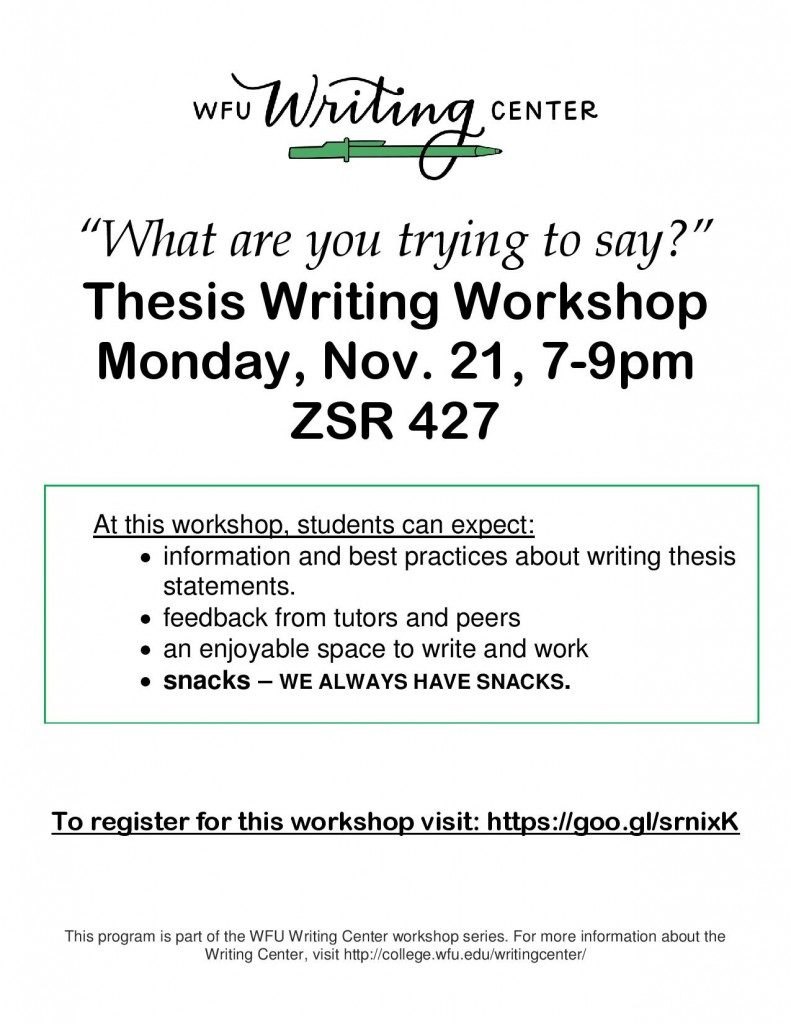Today’s post comes from Fahad, one of our Writing Center tutors.
Every Writer is a Chef
A blank page is like an empty pot. The tough part is filling it with something to make people come back for extra helpings. Here’s the actually tough part, though: how do you make something that fits everyone’s taste. Maybe the better question is: is it possible to make something to everyone’s taste?
It’s not.

That’s not quite the end of the discussion. How do you decide what to make? The first thing to do is peek at who’s in the dining room. A vegan at breakfast is going to appreciate a different dish from someone with a more permissible diet. In the same way, readers have different dietary restrictions – some of them are strict vegan readers: no fat; no bull; no waste. Some are less strict. One thing is key for both, though: does what you put out work as a whole dish?
“Vegan readers” appreciate a neatly edited piece which follows a strict set of grammatical and spelling rules. Keep in mind that just because you’re following some rules doesn’t mean you don’t get to be creative. If anything, limiting yourself to traditional grammar, or even a standard “academic” essay formula (no first person, and don’t even think about using the passive voice) forces you to garnish your writing with spices and make creative substitutions to make up flavor and lend some flair.
Some eaters are a little less concerned with ingredients and are okay with a little grease in the writing. “Omnivore” eaters are a little less restrictive when it comes to ingredients, but are definitely as demanding when it comes to flavor. Similarly, an omnivorous reader knows that mistakes happen, and stresses demands on content more than keeping your commas and semicolons in order.
No single dish will ever work for every eater, in the same way no one piece of writing will work for every reader. What’s important is to understand who your reader is: vaguely and broadly, but it’s important to have an idea. Do some digging and figure out how a professor, or a particular publication’s patrons like their dish prepped. The details can elevate a plate from a meal to an experience the same way the details turn a piece of writing into something tinged with art.
All this is great, and it’s fine to know, but every chef knows better than to serve a meal without tasting it first. Great chefs know better than to serve without enjoying their own meal. If you can’t read your own work, how are you going to serve your work to someone else? There’s no set way to cook a perfect meal for everyone, but you can at least make it something you’ll want to consume again and again.


 bruxism, n.
bruxism, n.







